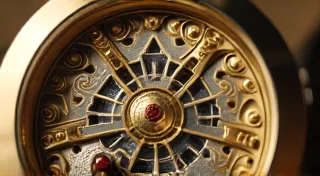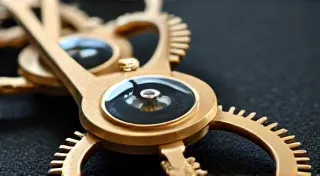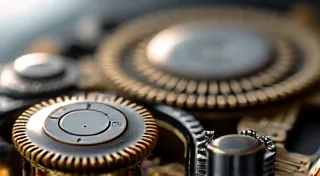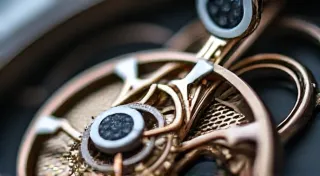Identifying Vintage Watch Movements: Common Challenges and Tips
The world of vintage watch collecting and repair is a fascinating one, steeped in history and requiring a keen eye for detail. A crucial element of this pursuit is the ability to identify the movement within a timepiece. Unlike modern watches, many vintage movements lack clear markings, or the markings are obscured by wear, corrosion, or previous repairs. This guide explores the common challenges faced when identifying vintage watch movements and provides practical tips for achieving accurate identification.
The Significance of Movement Identification
Why is identifying a watch movement so important? The answer is multifaceted. Knowing the movement allows you to:
- Understand the Watch's History: Each movement has a production history, often tied to a specific manufacturer and period. This knowledge adds context and value to the timepiece.
- Facilitate Accurate Repair: Repairing a vintage watch requires specific tools, parts, and techniques tailored to the movement’s design. Incorrect repair attempts can damage the movement further. The intricate beauty and function of these movements are often intertwined, and understanding the role of watch movement bridges is essential to appreciating their design.
- Determine Value: The rarity and complexity of a movement significantly impact a watch’s value. Correct identification is vital for accurate valuation.
- Appreciate the Craftsmanship: Understanding the engineering behind a vintage movement allows a deeper appreciation for the skill and artistry of the watchmakers.
Common Challenges in Identifying Vintage Movements
Identifying vintage movements isn’t always straightforward. Here are some hurdles you're likely to encounter:
- Lack of Markings: Many movements, especially those from the early 20th century, are unmarked or have partially worn markings. This is the most significant challenge.
- Obscured Markings: Corrosion, dirt, or previous repair work can hide or distort markings.
- Movement Modifications: Over time, movements have been repaired, modified, or even parts swapped. This can lead to a "Frankenwatch" – a watch assembled from different movements – making identification difficult.
- Similar Designs: Different manufacturers often produced movements with similar designs, particularly in the earlier years of watchmaking. Distinguishing between them requires meticulous observation.
- Variations Within a Movement Family: Even within a specific movement family (e.g., an Elgin movement), there can be numerous variations in finishing, components, and features, further complicating identification.
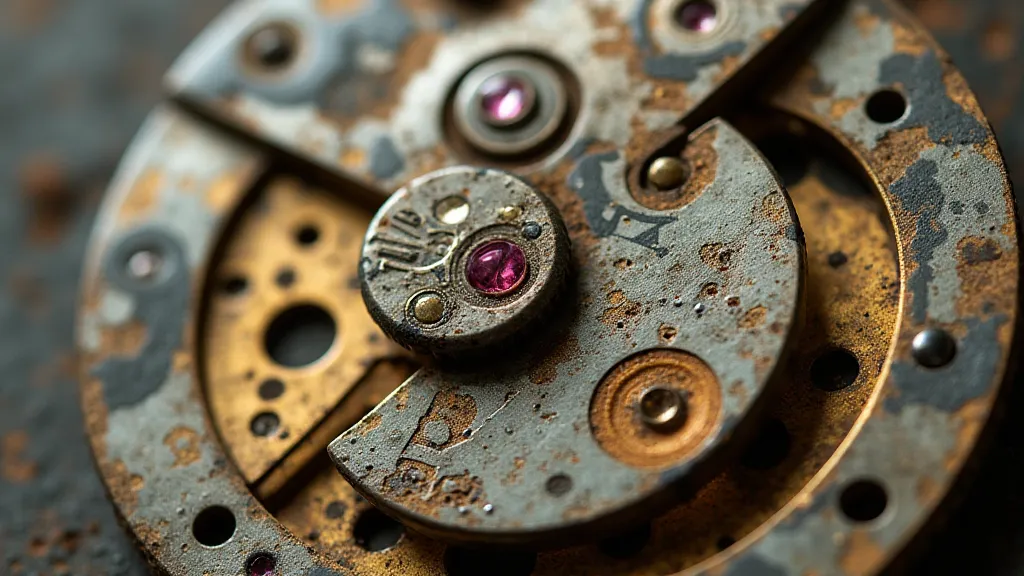
Expert Tips for Identifying Vintage Watch Movements
Despite the challenges, accurate identification is achievable. Here's a systematic approach:
1. Visual Inspection and Documentation
Begin with a thorough visual inspection of the movement. Document everything you see with high-resolution photographs taken from multiple angles. Pay close attention to:
- Size and Shape: Note the overall dimensions and shape of the movement. Movements are typically categorized by their size (e.g., 12, 16, 18 size for American watches, 25A, 287, 407 for Swiss movements).
- Bridge Configuration: The layout and design of the watch movement bridges are often characteristic of specific manufacturers. Observing how these components interact and contribute to the overall functionality provides valuable clues.
- Escapement Type: The escapement mechanism (the part that regulates the release of power) can provide clues. Early movements often used lever escapements.
- Train Wheel Configuration: Note the number of train wheels (the gears that transmit power from the mainspring) and their layout.
- Finishing: The quality and style of the finishing (the decorative patterns on the components) can be indicative of the manufacturer and production period.
- Unique Features: Look for any distinctive features, such as the shape of the balance wheel or the design of the winding stem.
2. Searching for Partial Markings
Even if the markings are partially worn, try to discern any fragments. Common markings to look for include:
- Manufacturer's Name: Look for partial names like "Elgin," "Waltham," "Omega," "Longines," "Lemania," etc.
- Movement Number: A movement number is a unique identifier assigned by the manufacturer. This is the most crucial piece of information.
- Caliber Number: A more specific designation within a manufacturer's range.
- Serial Number: This number identifies the specific instance of the movement produced. While not a direct identifier, it can be used in conjunction with other information to pinpoint the movement.
3. Utilizing Online Resources
The internet provides a wealth of resources for identifying vintage watch movements. Some valuable resources include:
- Movement Identification Websites: Several websites specialize in identifying watch movements based on photographs and descriptions. Search for "watch movement identification forum" or "watch movement database."
- Watch Repair Forums: Online forums dedicated to watch repair are full of experienced enthusiasts who can often assist with identification.
- Manufacturer's Websites: Some manufacturers maintain online archives or databases of their movements.
- Vintage Watch Collector Groups: Join online groups or forums dedicated to vintage watches. Members are often willing to share their knowledge and expertise.
- Swiss Movement Codes Explained: Understanding the subtle markings and codes used on Swiss movements can be invaluable. Resources dedicated to "Swiss watch movement identifier" can provide key insights into their origins and specifications.
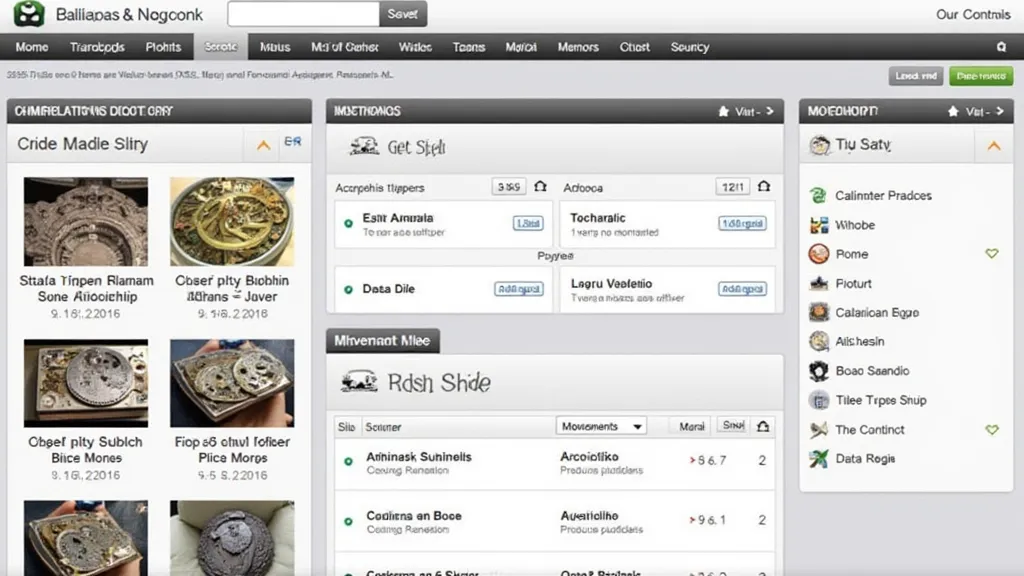
4. Comparing with Known Examples
Once you have a potential identification, compare your movement with known examples. This involves:
- Examining Photographs: Compare the layout, components, and finishing of your movement with photographs of the identified movement.
- Reading Descriptions: Read detailed descriptions of the identified movement, paying attention to its characteristics and specifications.
- Consulting Experts: If possible, seek the opinion of an experienced watchmaker or vintage watch collector.
5. Considering the Watch Case and Dial
While the movement is the primary focus, the watch case and dial can also provide clues. The case manufacturer’s markings or the dial’s typography and style may offer insights into the period and origin of the movement.
The Role of Experience and Deeper Understanding
Identifying vintage watch movements is a skill that improves with experience. The more movements you examine, the better you will become at recognizing patterns and details. Beyond recognizing manufacturer markings, a true appreciation comes from understanding the intricate relationships between the components and the underlying principles of mechanical timekeeping. This deeper knowledge extends beyond mere identification, allowing you to appreciate the artistry and ingenuity of the watchmakers.
Furthermore, the subtle nuances in finishing, component materials, and overall design often reflect the economic and technological landscape of the era. A movement from the 1920s, for example, might exhibit a different aesthetic than one from the 1950s, reflecting advancements in manufacturing techniques and changing tastes.
The Role of Experience
Identifying vintage watch movements is a skill that improves with experience. The more movements you examine, the better you will become at recognizing patterns and details. Don't be discouraged by initial difficulties. Persistence and a keen eye for detail will ultimately lead to success.
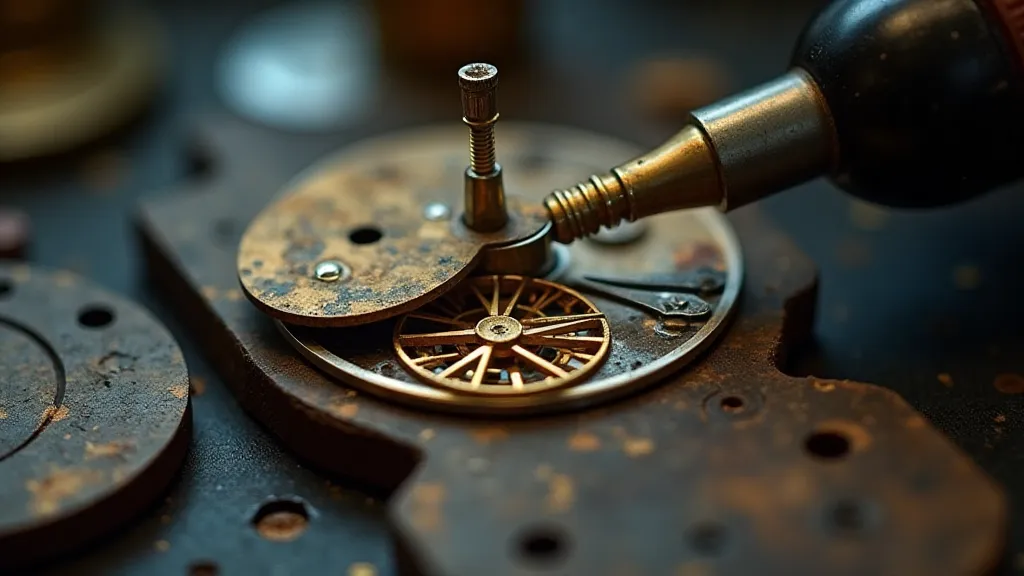
Conclusion
Identifying vintage watch movements is a rewarding endeavor that deepens appreciation for the craftsmanship and history of these remarkable timepieces. While challenges exist, a systematic approach, careful observation, and utilization of available resources can lead to accurate identification and a greater understanding of these mechanical marvels. The journey of discovery, from a partially obscured marking to a fully understood movement, is itself a testament to the enduring allure of vintage horology.

